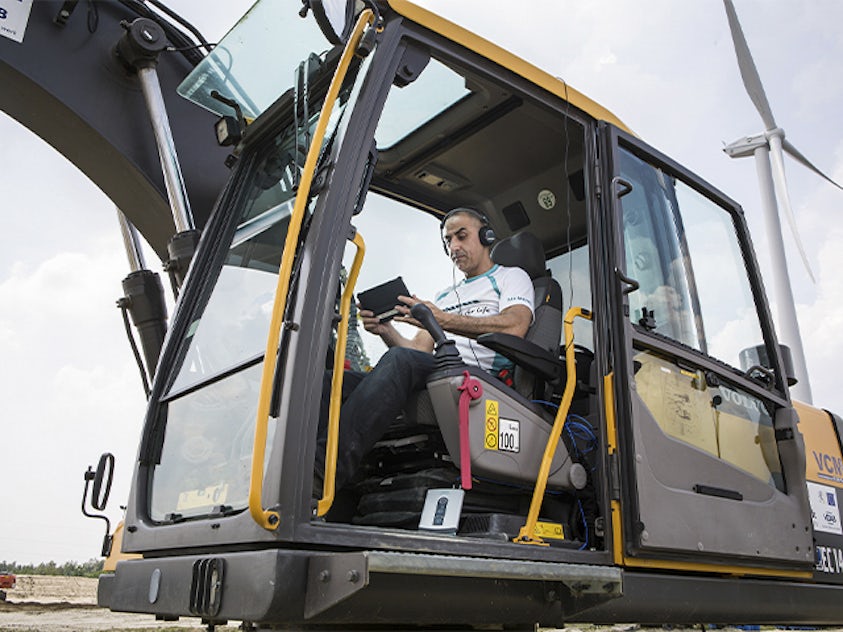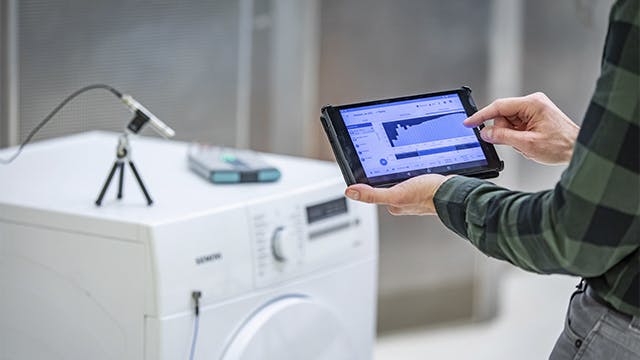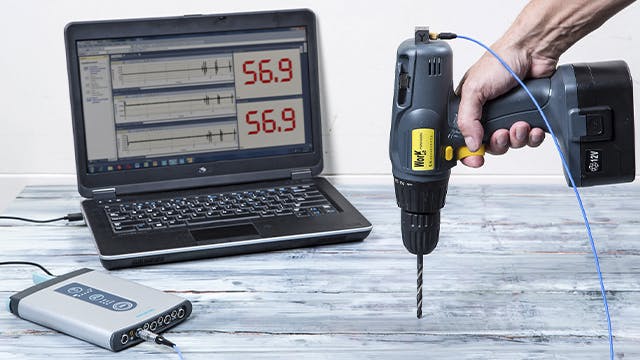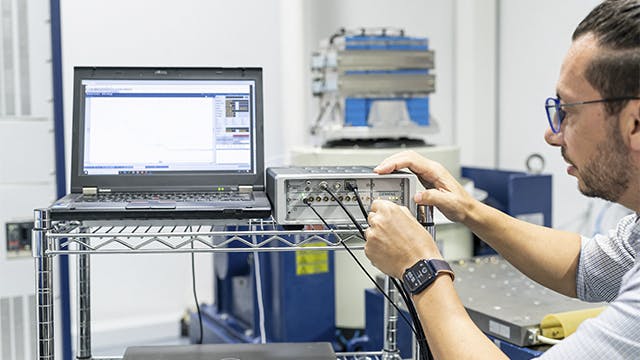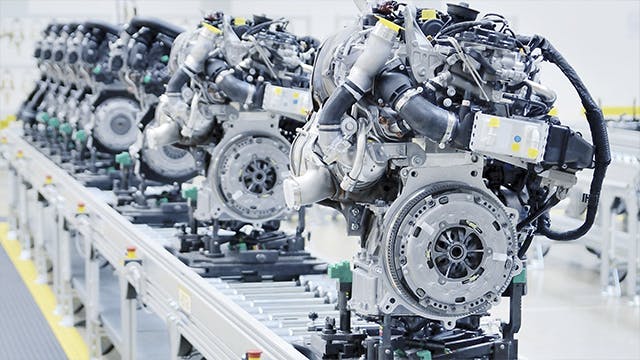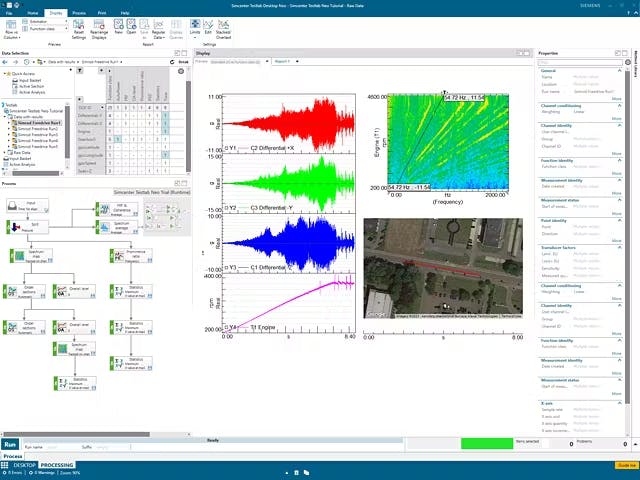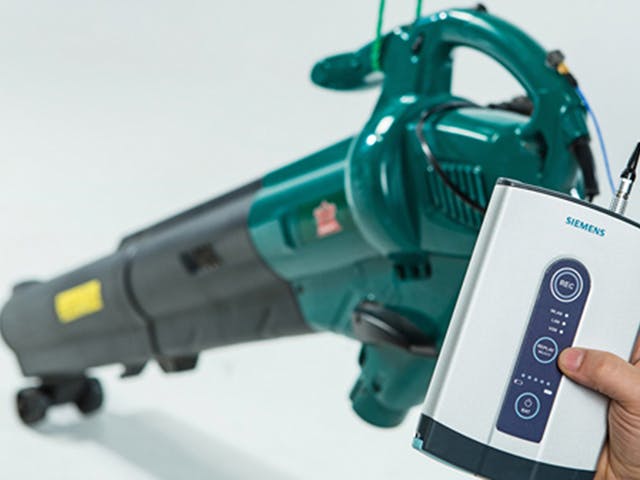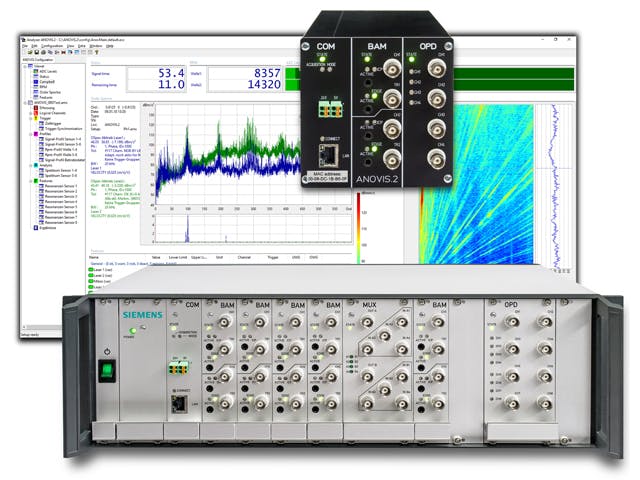소리와 진동은 우리가 사용하는 스마트폰, 우리가 운전하는 자동차, 우리가 운전하는 기계, 우리 모두가 살고 있는 환경에 이르기까지 일상 생활에서 우리 모두에게 영향을 미칩니다. 많은 제품의 경우 이 법률은 최대 진동 또는 음향 수준에 적용됩니다. 그럼에도 불구하고 균형 잡힌 소음 및 진동 성능은 사용자가 고품질, 정확성, 편안함, 스포티함 또는 기타 중요한 제품 특성의 표시로 인식합니다.
소음 및 진동 테스트는 시스템 및 해당 구성 요소의 동적 특성을 측정, 분석 또는 검증한 다음 설계 목표를 충족하기 위해 이러한 특성을 수정하는 솔루션을 만들고 검증하는 프로세스입니다.
소음 및 진동 성능이 인간에 의해 인식되거나 센서에 의해 측정되는 방식은 시스템의 동적 소스와 에너지가 전달되는 구조의 많은 전달 경로의 조합입니다. 소음 및 진동 테스트는 작동 소스와 관련된 역학을 구조적 동적 특성과 분리하는 데 도움이 되며 엔지니어가 근본 원인과 목표 솔루션을 식별하여 성능을 개선할 수 있도록 합니다.
관련 제품: Simcenter 테스트랩 네오 | Simcenter SCADAS 명령 | Simcenter Testxpress 명령 | 심센터 아노비스 | Simcenter 사운드 카메라 | Simcenter Q소스
